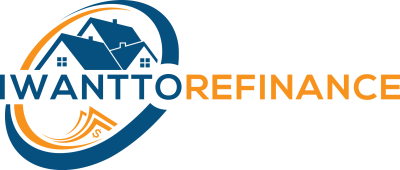Key Takeaways:
| Borrowing money creates debt.
| Different types of debt include secured and unsecured debt.
| It's important to use debt responsibly and have a plan to repay it.
Table of Contents
6. Strategies for Paying Off Debt
Introduction:
If you've ever borrowed money, you've taken on debt. While debt can be a helpful financial tool, it can also become a burden if not managed properly. This guide will provide insights into what debt entails, its various types, when to use it wisely, and effective strategies for debt repayment.
Understanding Debt:
Debt refers to money borrowed from another party that must be repaid. It encompasses various obligations, such as mortgages, credit card purchases, and loans from friends. Repayment terms and interest rates differ depending on the type of debt, but regardless, the borrowed funds must be returned.
Types of Debt:
Debt comes in different forms, each with its own characteristics. Secured debt is tied to collateral, providing security for the lender, while unsecured debt is not attached to any collateral. Installment debt involves regular payments until the balance is paid off, whereas revolving debt allows borrowing and repayment on an ongoing basis.
Debt Statistics:
Debt is prevalent in the United States, with each generation carrying substantial amounts. According to Experian, the average American Gen Xer has nearly $33,000 in revolving and installment debt, rising to $292,000 when including mortgage balances. Overall, Americans have accumulated nearly $16 trillion in debt, with housing debt accounting for over $10 trillion.
Pros and Cons of Debt:
Debt has both advantages and disadvantages. On the positive side, it can help cover unexpected expenses, enable the purchase of high-value items, and contribute to building credit when managed responsibly. However, the downsides include interest payments, the risk of losing assets for secured debt, potential debt collection efforts, and the possibility of falling into a cycle of debt.
When to Use Debt:
While ideally, one would have enough cash to pay for everything upfront, borrowing funds is often necessary to achieve goals like education, homeownership, or vehicle purchase. Using debt wisely requires assessing its necessity, affordability, and limiting its use to avoid overspending.
Strategies for Paying Off Debt:
Paying off debt promptly is crucial. It is recommended to make regular payments and allocate extra funds towards debt balances whenever possible. If debts become overwhelming, options such as negotiating with creditors, seeking credit counseling, debt consolidation, refinancing, debt relief companies, or even bankruptcy may be considered. Seeking advice from financial advisors or credit counselors can help make informed decisions.
Conclusion:
Debt is a common aspect of personal finance, particularly when pursuing significant goals. When taking on debt, it is essential to understand the terms, budgetary impact, and long-term financial consequences. Seeking guidance from professionals can assist in making informed decisions aligned with one's financial well-being.

